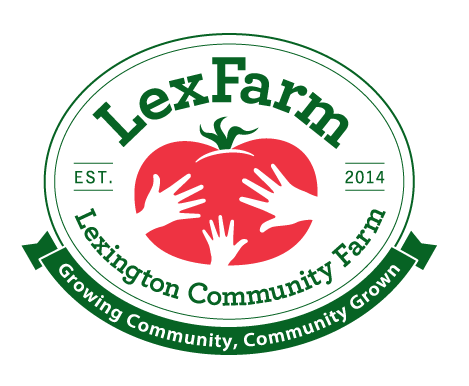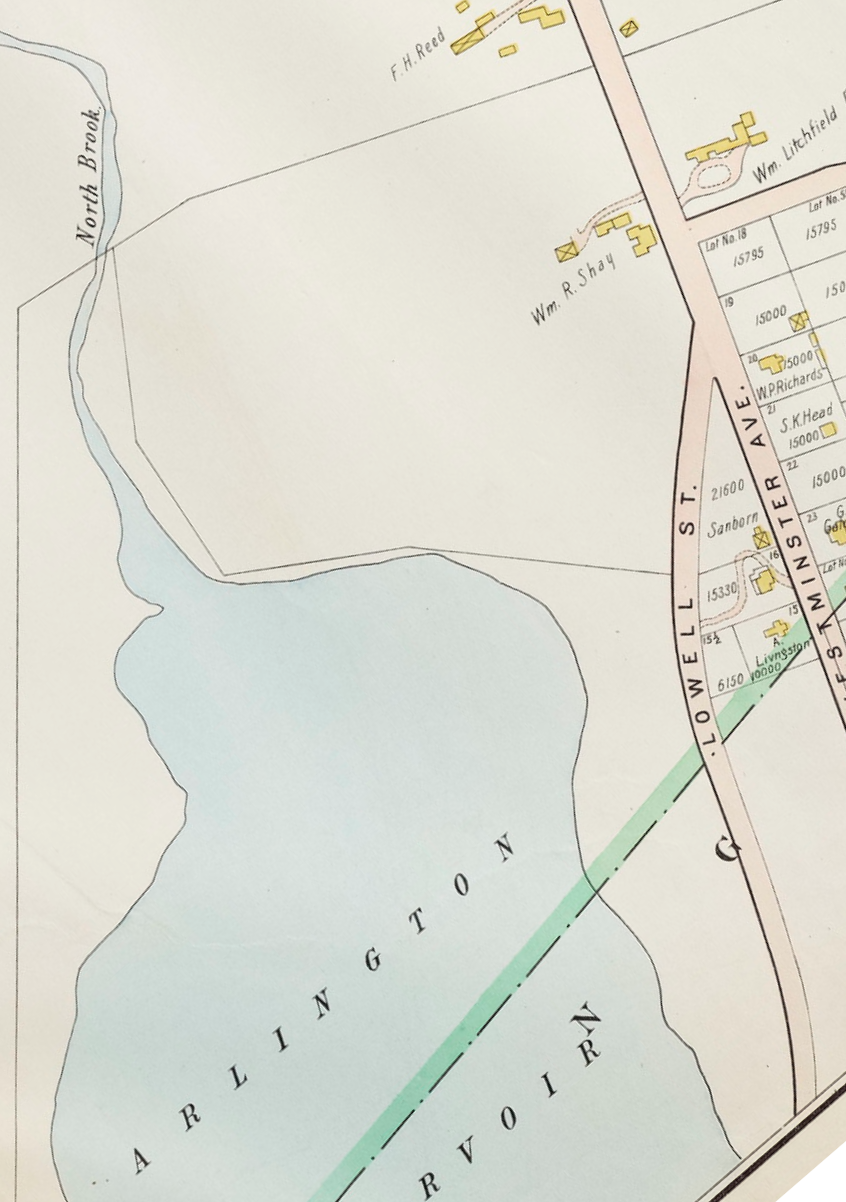
(Click to expand each section)
Indigenous People
We believe that the land that is now Lexington was part of the traditional land of the Massachusett and Pawtucket peoples. They planted the “Three Sisters”: beans, squash, and corn, which provided a nearly balanced diet. They moved periodically to new clearings, allowing their old fields to rest and renew their nutrients naturally.
This mobility was possible for two important reasons: they did not believe in personal ownership of land, and they did not keep domesticated animals, which freed them from the need for keeping barns, pastures, and meadows. It seems that this area’s wooded uplands were used more as a pass-through zone for camping and hunting during the winter.
When King Charles I chartered the Massachusetts Bay Colony in 1630, he claimed the rights to a large area of land including Newtowne (renamed Cambridge). By the early 1640s, the General Court extended Newtowne’s northern boundary to include Cambridge Farms (later renamed Lexington) and began granting that land to prominent and wealthy Englishmen.
The Winship Family (1648 – 1899)
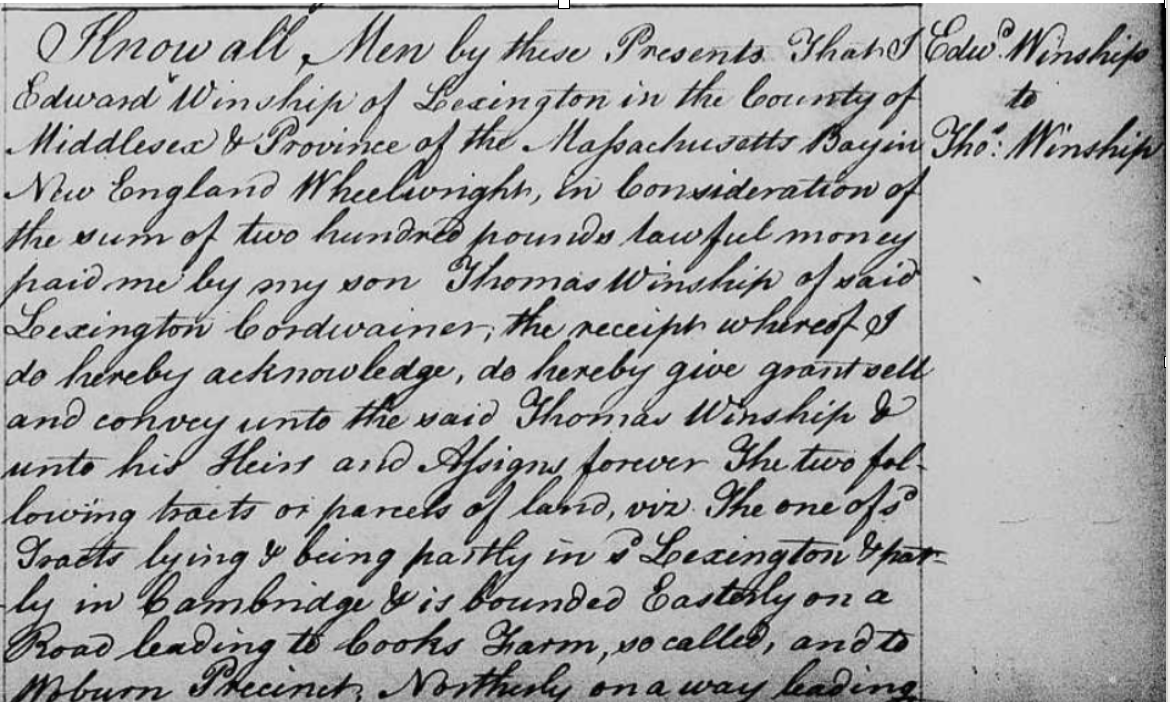 Edward Winship, one of the first English landholders in Lexington, was granted a large tract of land in West Cambridge (now Arlington) and Cambridge Farms (now Lexington), including the current Lexington Community Farm site in 1648 by the Proprietors of Cambridge. The Winship family continued farming here for nearly 250 years.
Edward Winship, one of the first English landholders in Lexington, was granted a large tract of land in West Cambridge (now Arlington) and Cambridge Farms (now Lexington), including the current Lexington Community Farm site in 1648 by the Proprietors of Cambridge. The Winship family continued farming here for nearly 250 years.
Like many other early landholders in Lexington, Edward Winship remained living in Cambridge while using this land for livestock grazing and possibly hay and grain cultivation. He continued to purchase small lots in and around Alewife Meadow (later called Great Meadow). By the time of his death, he owned almost 200 acres of land on both sides of Massachusetts Avenue, including what is now known as West Farm near Wilson Farm. In addition, he built one of the early mills in the area, a saw mill, along Mill Brook (now known as Swift Brook) near the Bow Street intersection of the Minuteman Bikeway today.
Upon Edward’s death in 1688, his land was divided among his four sons: Ephraim, Edward, Samuel and Joseph. Mt. Ephraim, the hilly neighborhood around Cliffe Avenue today, was named after Edward’s eldest son. Edward II was given the land on the east side of the brook that today includes what is now the farm. Although Edward II lived on the West Cambridge (Arlington) side, he left the land to his son Edward III who established himself as a resident and taxpayer in Lexington. In 1735, Edward III was taxed for an orchard, mowing land, pastureland, tillage, 2 oxen, 2 cows, 1 horse, and 1 enslaved African. The Winships were one of several families in town who owned slaves prior to the abolition of slavery in Massachusetts in 1783.
Also living and farming nearby in the late 1700s were a number of descendants of Edward III, including Thomas Winship who was a member of Captain Parker’s militia company on April 19, 1775. Thomas lived on the Arlington/Lexington line just off Lowell Street when the “road from Menotomy Rocks to Burlington”, now Lowell Street, was formally established in 1792. Thomas’ son Thomas II helped build the farmhouse that still stands at 48 Lowell Street, sometime between 1798 and 1825 and his cousin Isaac lived and farmed on this property until his death. Isaac’s son Oliver Winship purchased the land and the house in 1825 and lived there until his death in 1874 when his son Charles F. Winship took over ownership. The Winship family continued farming the land until 1899.
The Shay Family (1899 – 1919)
In 1899, William R. Shay, a native of Arlington, purchased several parcels of land totaling 19 acres from Oliver Winship’s grandson, E.B. Winship. Shay had been farming for Thaddeus Frost in Belmont before purchasing the land for his own farm. Listed as a “market gardener” and “truck farmer” in the 1900 census, he later rented the farmhouse and land to another farmer, Charles Patch, who sold the produce he grew on the land to his own customers.
At the time, Lexington was a center for “truck farming,” supplying the expanding Boston wholesale produce markets. In the 1920s, Lexington was a leader in farm production in Middlesex County—and Middlesex County was ranked fifth in the United States for the market value of its produce.
The Busa Family (1919 – 2013)
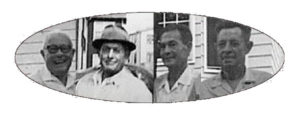 Soon after 1900, Italian immigrants Antonio (Anthony), Francesco (Frank), Gaetanno (Guy), and Giovanni (John) Busa began arriving in the Boston area and by 1915 were farming together on rented land in Waltham. The Busa brothers were successful enough to buy the farm on Lowell Street from William Shay in 1919 and purchased a 12-acre parcel including a barn, storage buildings, and the farmhouse built by the Winships.
Soon after 1900, Italian immigrants Antonio (Anthony), Francesco (Frank), Gaetanno (Guy), and Giovanni (John) Busa began arriving in the Boston area and by 1915 were farming together on rented land in Waltham. The Busa brothers were successful enough to buy the farm on Lowell Street from William Shay in 1919 and purchased a 12-acre parcel including a barn, storage buildings, and the farmhouse built by the Winships.
The Busa families worked the land by hand and with horses to grow vegetables–including lettuce, celery, beets, radishes, chicory, squash, cucumbers and greens–for the wholesale produce market at Faneuil Hall, including prize-winning tomatoes and “Boston pascal celery”. They used hot beds, or heavy 3’x6’ glass frames, and sash houses to start seedlings in the early spring before transplanting them into the ground in April. Beginning in the 1930s, they built several glass houses to supplement the hot beds which they continued to use into the 1990s.
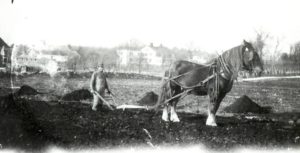
As the four Busa brothers married and started families, they divided the land into four parcels and built two additional multi-family houses along Lowell Street. Guy Busa moved to Woburn in the 1930s, and Tony, Frank and John continued farming independently on the land and purchased additional land in Lexington and in neighboring towns to support their growing operations.
In the decades after World War II, like all local farmers, the Busas faced challenges from competition due to large agri-business and trucking from warmer climates via the new interstate highway system. As the land passed to younger generations and family members became involved in businesses other than agriculture, John and his family persisted on the land through a number of adaptations including growing flowers to sell in Boston’s flower market and establishing a roadside farm stand in 1960 to sell directly to consumers.
John’s brother-in-law Joseph Romano kept the farm with the help of John’s children Dennis and Trudy until they assumed operations with their mother, Rosina, in the 1970s. While Dennis managed the growing decisions, Trudy worked in the farm stand and greenhouses, and both were joined by younger brother Francis in the mid-1980s. At a time when the demand for local produce was in decline and Faneuil Hall was transformed from a wholesale produce market into a shopping mall, this generation of Busas held on to almost eight acres of the family farm long enough to witness a reversal of this trend. In 2005, Francis Busa began selling produce at the new Lexington Farmers’ Market and Dennis Busa began offering community supported agriculture (CSA) shares, both sharing their locally-grown food with a new generation of consumers.
The Busas sold their parcel of land to the Town of Lexington in 2009 and continued farm operations as Busa Farm and Gardens through 2013, until Lexington Community Farm began growing on the land in 2014.
For more information:
The information presented here represents an ongoing effort to document and interpret the history of the Lexington Community Farm site in order to promote public understanding of the many generations who have cultivated the land and the importance of fostering continued stewardship.
There’s a great deal we don’t know and are still learning. Our sources are listed below. If you have any additional information to share, or questions of your own, we invite you to contact us at [email protected].
Dennis Busa
Carolyn Goldstein
Janet Kern
Mark Manasas
Busa Farm and Garden News website
Ashley Busa, “The Busa Family: Four Generations in Lexington,” unpublished research paper for Investigating Lexington’s History (2003), Special Collections, Cary Memorial Library.
Samuel Adams Drake, History of Middlesex County, Volume 2 (Boston: Estes & Lauriat, 1880).
Alice Hinkle, “Harvesting Historical Farms,” Lexington Minuteman, 10/9/1980.
Charles Hudson, Abstract of the History of Lexington, Mass. from its First Settlement to the Centennial Anniversary of the Declaration of our National Independence (Boston: T. R. Marvin & Son, 1876).
Charles Hudson, History of the Town of Lexington, Middlesex County, Massachusetts, from Its First Settlement to 1868 (Lexington: Houghton Mifflin, 1913).
Duane Hamilton Hurd, Middlesex County History (Philadelphia: J. W. Lewis & Co., 1890).
Richard Kollen, Lexington: From Liberty’s Birthplace to Progressive Suburb (Arcadia, 2004).
Brooke Leister, “Tilling the Land,” Lexington Minuteman, 9/14/2006.
Thomas Sileo, Historical Guide to Open Space in Lexington (Lexington: Thomas P. Sileo, 1995).
“A Farmer’s Market is coming to Lexington Center,” Lexington Minuteman, 4/28/05.
Slavery in Colonial Lexington (Antiracism Committee of Follen Church, UU, 2020).
458 Report (copy) of the Committee on the Road from West Cambridge to Burlington, 1792, Town of Lexington, MA, Historic Archives.
558 Poll and tax rate, 1735, Town of Lexington, MA, Historic Archives.
Mass Humanities, “Puritans Leave for Massachusetts, April 7, 1630,” Mass Moments website
